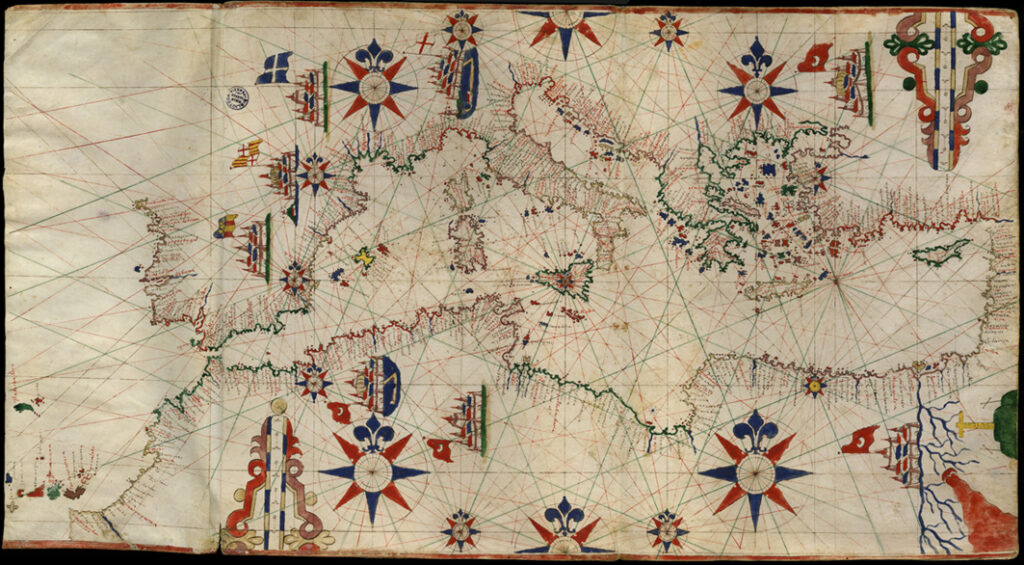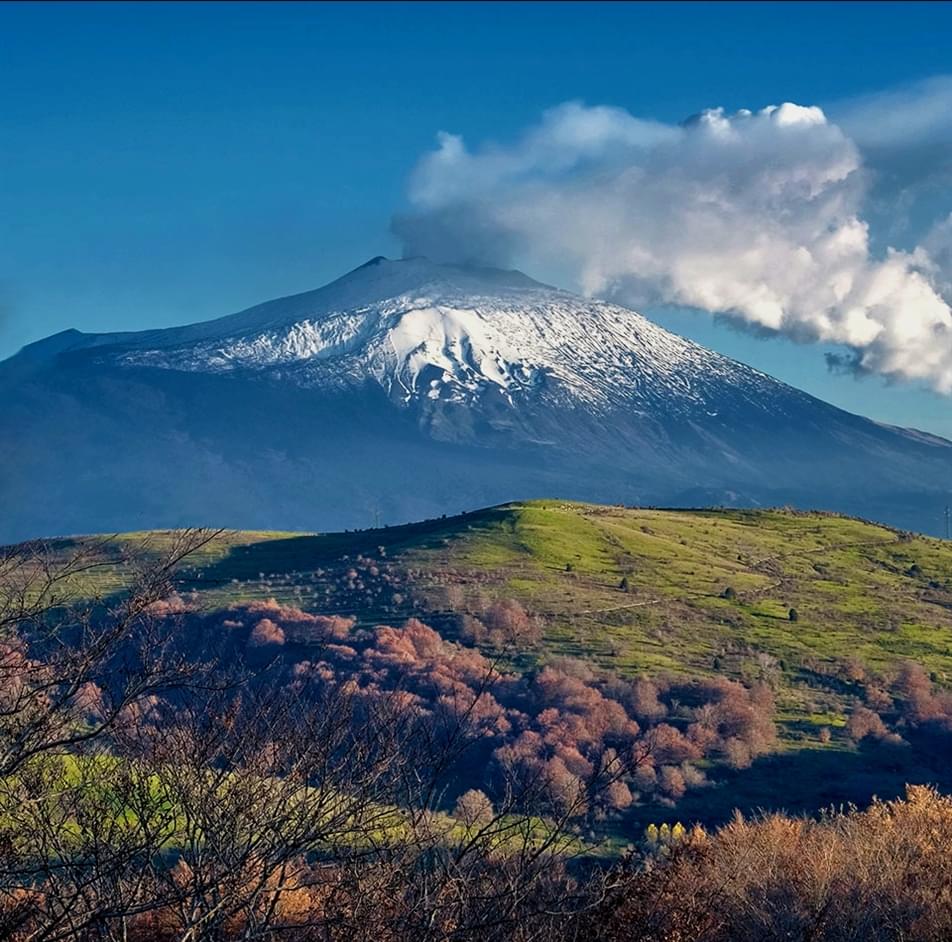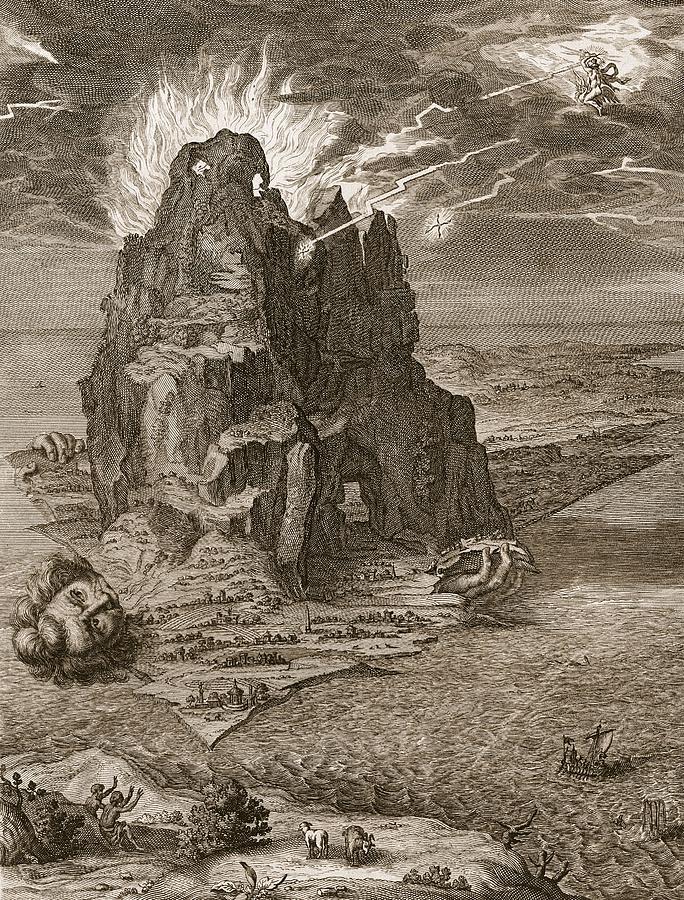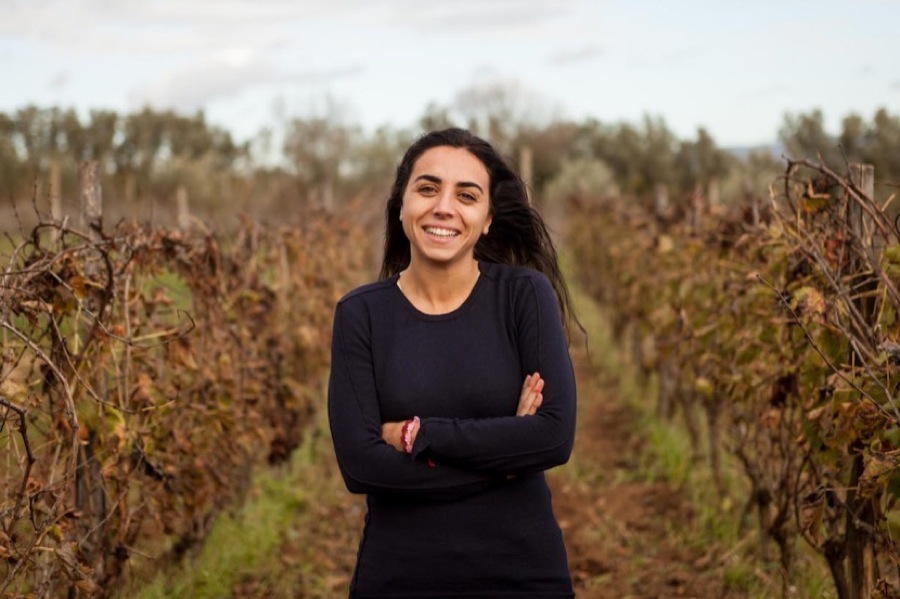Natural winemakers are now well established on the island of Sicily. But let us make a brief digression to the people who have made this possible.
The history of wine, like much that concerns man, is not a straight line. It has many twists and turns, and each path is valuable in its own way. Sicily is no exception, or one can even consider it a prime example, thanks to its location in the Mediterranean. A crossroads of cultures, with diverse and rich ecosystems, the island has always been a place of experimentation.

Quality first
In modern Sicilian viticulture, it was indeed Diego Planeta who led the region out of a (too) long history of mass wine and overproduction. In the second half of the 1970s, he began to advocate quality wine and also experimented with international grape varieties such as Chardonnay, Merlot and Syrah. The motto was: in order to make yourself noticed again at all, you have to compete with the same weapons. The weapons here were the international grape varieties. When he became president of the IRVV (Regional Institute of Vine and Wine) in 1985, the island's winegrowers were ready to open up to outside influences under his leadership. Sicily began its journey to becoming the internationally recognised quality wine region it is today.
While Diego Planeta experimented with international grape varieties, others took a closer look at what else the island had to offer.
Pioneers of Sicilian natural wine
In 1980, a group of friends, Giambattista Cilia, Giusto Occhipinti and Cirino Strano, founded the COS winery in Vittoria. They also travelled to Tuscany, Piedmont and France, but their focus was on the autochthonous grape varieties of their country, such as Frappato.
More or less at the same time, another leading figure in Sicilian viticulture took over the family winery: Marco de Bartoli. He believed in restoring the quality of Marsala, but his dream was too big to fit within the narrow confines of the law and the Appellazione rules. His "Ur-Marsala", an unfortified wine was not allowed to bear the name "Marsala" on the bottle. His Passito di Pantelleria, Bukkuram, on the other hand, was an immediate success: tradition-conscious, but fruitier and less oxidised.
The Etna Chronicle
As soon as the seeds of natural winemaking were sown, some people turned their eyes to new territories.
Benanti and his oenologist Salvo Foti start rediscovering Etna and Nerello Mascalese in 1988. Above all, Salvo Foti was more than an oenologist: his grandfather had vineyards on Etna, he felt this heritage and complemented the winemaking with love and respect for the mountain and its history . His own project "I Vigneri" the idea of preserving vineyards leads from the Maestranza dei Vigneri (a group founded in Catania in 1435) to today's wine culture.

As soon as the path was cleared, more people climbed the slopes of the mountain.
Attracted by the growing fame of Etna wines, some "foreigners" such as de Grazia from the USA, Franchetti from Rome and Frank Cornelissen from Belgium started their own projects in the early 2000s.
More recently, another "foreigner" has founded a winery on Etna: Massimo Lentsch.
Born in Bergamo, he is one of those "adopted" from the island. Massimo clearly has a flair for volcanic soil. He is the founder of the Tenuta di Castellaro on the Lipari archipelago, where he does remarkable work with Corinto and Malvasia delle Lipari, two autochthonous grape varieties of the region. The new project on Etna began in 2018 and is already producing a great Nerello Mascalese.

The legacy
Arianna Occhipinti needs no introduction. She took the lesson from her uncle Giusto Occhipinti (COS) and made the Frappato grape a symbol of the Vittoria terroir. It is probably the clearest example of how things can evolve with each generation.
Your "entry line SP68 Bianco and SP68 Rosso are affordable natural wine cult. Great are your single vineyard bottlings of Frappato.

(official website, author unknown)
In Val di Mazara, in Camporeale, we found the winery «Case Alte». Here, the new generation places more emphasis on sustainability and organic farming, without refusing to engage in dialogue with the older generations who founded the winery. A virtuous cycle of interactions between past and present.
The winery Vino Lauria is located in the heart of Sicily, 65km southwest of Palermo in Alcamo. It was founded in 1958 by Vito Lauria's grandfather, but had to close in 1993 due to economic problems. Vito Lauria, deeply attached to his homeland, decided to renew the winery. After studying viticulture and oenology at the University of Udine and working for several years in northern Italy, he returned to Sicily in 2005.
He worked in parallel in a local winery and prepared the reopening of the family business. In 2010, he brought his first wine to market. Vito focuses on organic farming, with the wines reflecting the character and specificity of his homeland. The wines of Vino Lauria are bottled without fining and filtration. Only minimal sulphur is added.
With its light style, it represents the new Sicily and shows that filigree and freshness do not have to be foreign words even for Nero d'Avola. The best example of this is the Zio Paolo Nero d'Avola.
At the end of this very brief overview of the current situation of natural wine in Sicily, I can only borrow Peter Seller's optimism as a gardener in Being There:
"As long as the roots are not cut off, all will be well. And all will be well in the garden".
- Written by Jonathan Gobbi & Mitya
